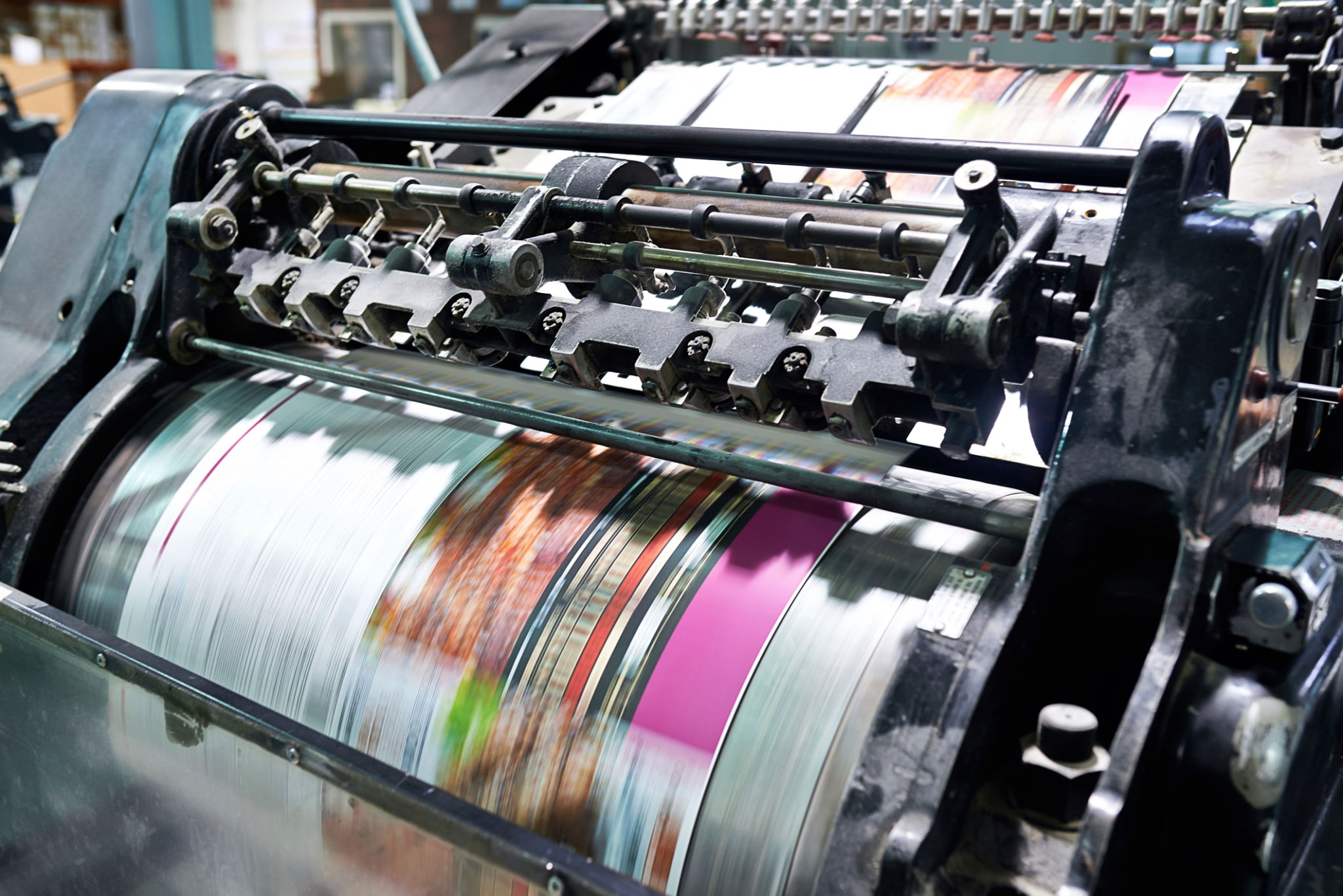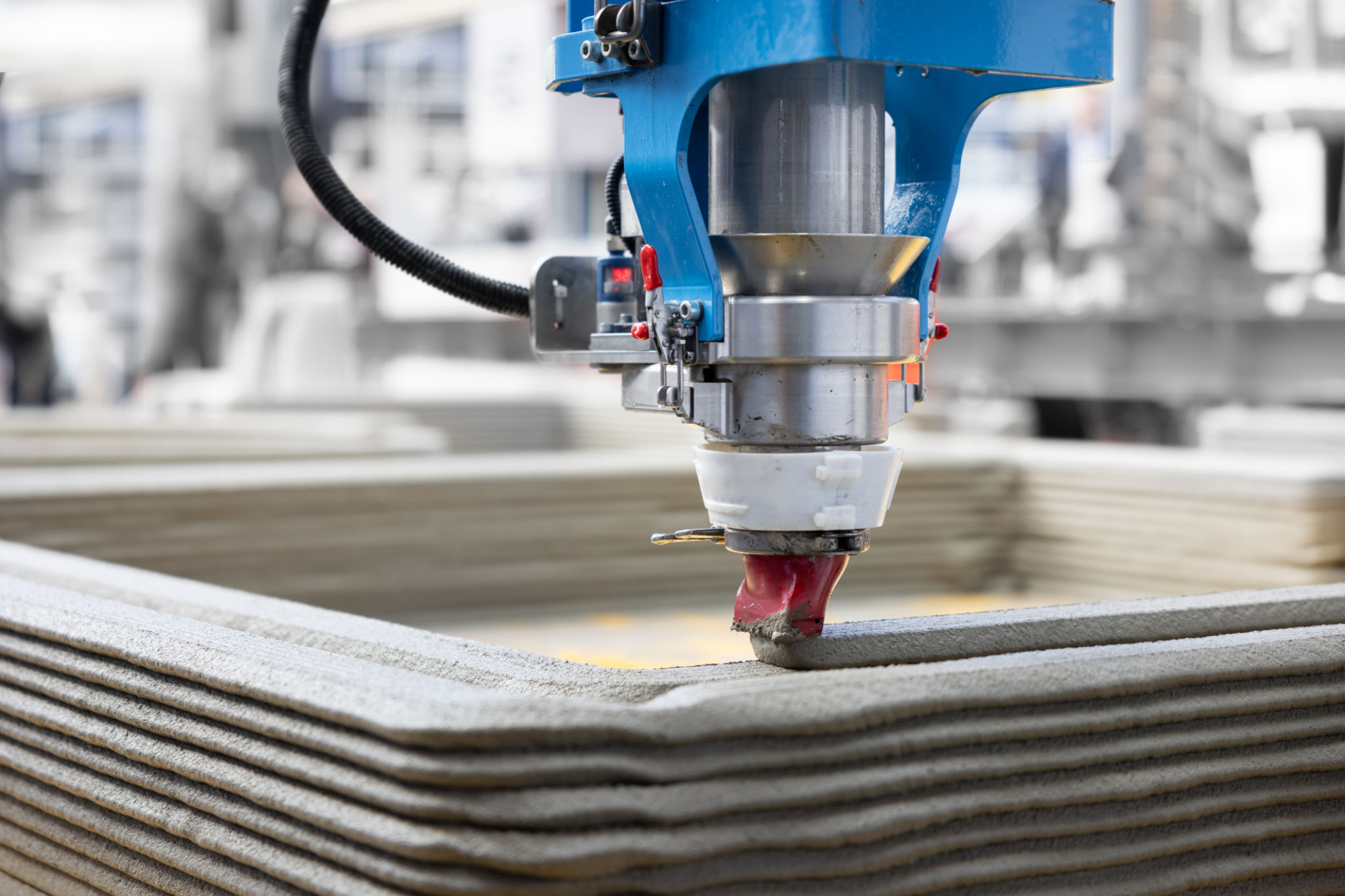Expert Insights: The Latest Trends in Printing Technology
Introduction to Modern Printing Technologies
The printing industry has seen a rapid transformation in recent years, driven by advances in technology and shifting consumer demands. From high-speed digital printers to environmentally friendly inks, the latest trends in printing technology are reshaping how businesses operate and communicate. In this blog post, we will explore some of the key trends and innovations that are defining the future of the printing industry.

Digital Printing: Speed and Precision
Digital printing has revolutionized the industry, offering unparalleled speed and precision. With the ability to produce high-quality prints quickly and efficiently, digital technology is ideal for short-run projects and personalized materials. This trend is particularly beneficial for businesses that require on-demand printing, allowing them to adapt quickly to market changes without significant lead times.
Moreover, digital printing reduces waste, as it eliminates the need for plates and setup processes found in traditional printing methods. This not only enhances productivity but also contributes to sustainable practices, a growing concern among consumers and businesses alike.
Sustainable Printing Practices
As environmental awareness continues to grow, the printing industry is increasingly adopting sustainable practices. From using recycled paper and biodegradable inks to implementing energy-efficient processes, companies are making strides to reduce their carbon footprint. Businesses are now prioritizing eco-friendly options to meet customer demands for sustainable solutions.

The adoption of waterless printing is another significant trend. This technique reduces the use of chemicals and water during the printing process, making it a more environmentally friendly option. As technology advances, it is likely that we will see even more innovative solutions aimed at reducing the environmental impact of printing.
3D Printing: Beyond Prototypes
3D printing is no longer just a tool for creating prototypes; it has evolved into a versatile technology used across various industries. From healthcare to automotive, 3D printing offers limitless possibilities by enabling the production of complex designs with precision and efficiency. This technology is transforming manufacturing processes by allowing for customization and rapid production.
As 3D printing technology continues to advance, it is becoming more accessible to businesses of all sizes. The ability to produce goods on-demand reduces inventory costs and enhances supply chain efficiency. This trend is expected to grow as companies seek innovative ways to meet consumer demands and stay competitive.

Augmented Reality in Print Media
Augmented Reality (AR) is making its way into print media, offering an interactive experience that merges digital content with physical materials. This trend allows businesses to create engaging marketing campaigns by adding layers of information that can be accessed through smartphones or tablets. AR provides an innovative way to captivate audiences and deliver immersive content.
By integrating AR into print materials, companies can enhance storytelling and provide additional value to customers. This technology not only elevates brand experiences but also offers insights into consumer behavior, enabling businesses to tailor their marketing strategies effectively.
The Future of Printing Technology
As these trends continue to evolve, the printing industry is poised for exciting changes. With advancements in digital printing, sustainability, 3D printing, and augmented reality, businesses have numerous opportunities to innovate and differentiate themselves in the market. Staying informed about these trends will be crucial for companies looking to leverage new technologies and maintain a competitive edge.

In conclusion, the latest trends in printing technology are shaping a future where speed, sustainability, innovation, and interactivity are at the forefront. By embracing these advancements, businesses can enhance their operations, engage customers more effectively, and contribute positively to the environment.
